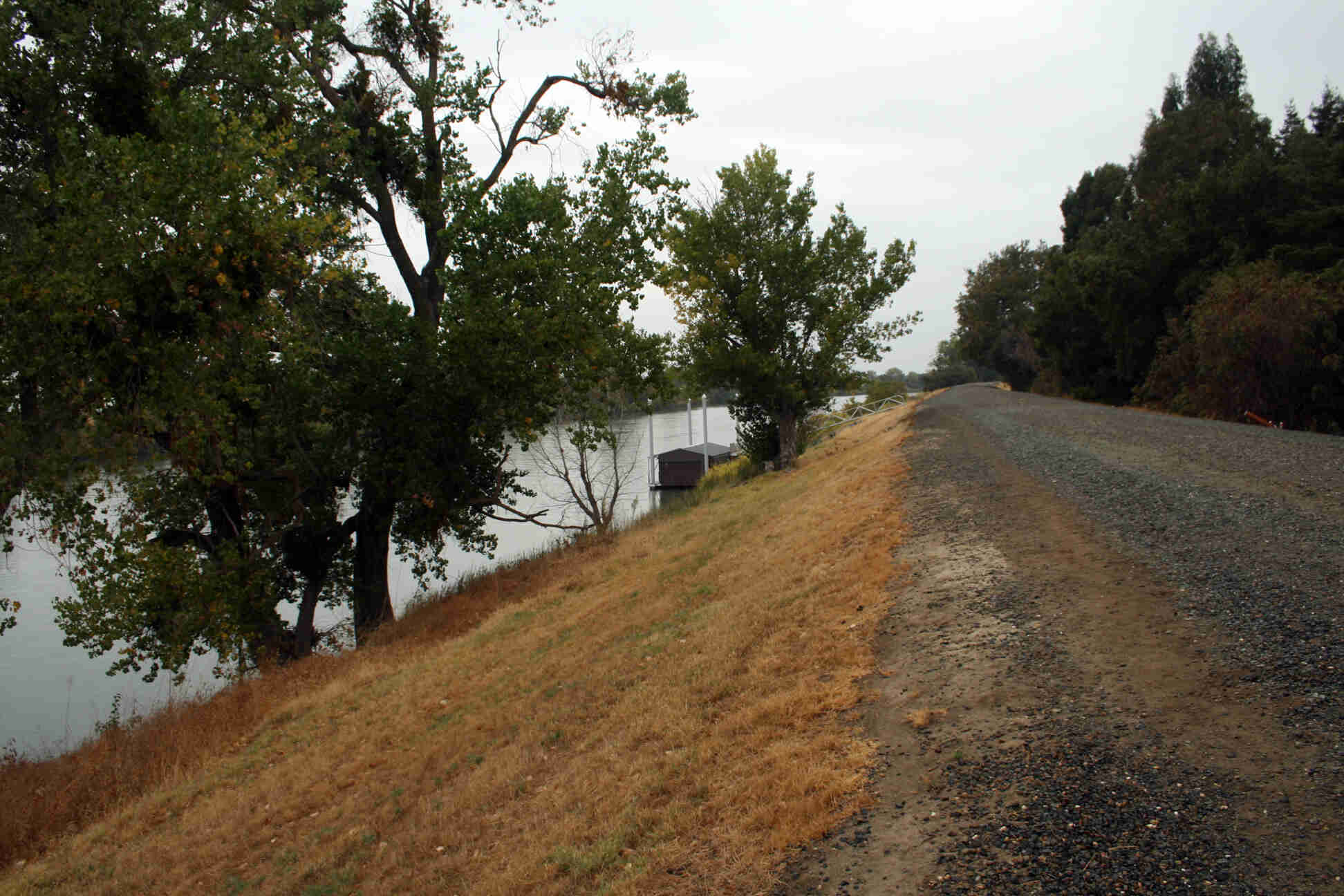
Levees are structures designed to control and manage water flow, preventing floods and protecting communities and their valuable assets. These remarkable constructions have been a part of human civilization for centuries, evolving to become more sophisticated and effective over time. Beyond their functional purpose, levees also hold fascinating stories and incredible facts that demonstrate their significance in geography, engineering, and history.
In this article, we will explore 16 unbelievable facts about levees that will captivate your imagination and deepen your understanding of these important structures. From mind-boggling dimensions to the role of levees in shaping landscapes, get ready to be amazed by the remarkable world of levees and their incredible impact on our ecosystem.
Key Takeaways:
- Levees have been around for centuries, protecting communities from flooding and managing water resources. They come in various materials and can be found along rivers and coastlines, providing recreational opportunities and supporting wildlife habitats.
- The height of a levee is crucial for flood protection, and they require regular inspection and maintenance to ensure reliability. While they can be challenging and expensive to construct, they play a vital role in safeguarding valuable agricultural land and supporting local economies.
Levees have been used for centuries.
Dating back to ancient times, civilizations have constructed levees to protect their communities from flooding and manage water resources.
The word “levee” comes from the French word “lever.”
In French, “lever” means “to raise,” which perfectly describes the purpose of a levee – to raise the height of land to prevent flooding.
The longest levee in the world is in the Netherlands.
The Netherlands, known for its extensive system of levees, has the longest continuous dike, the Afsluitdijk, stretching approximately 20 miles.
Levees can be made from various materials.
While traditionally made from compacted earth, modern levees can also be constructed using concrete, steel sheet piles, or a combination of materials.
Levees protect valuable agricultural land.
By preventing flooding, levees ensure that fertile agricultural areas remain viable, safeguarding food production and supporting local economies.
Levees can be found along rivers and coastlines.
Levees are commonly built along rivers and coastlines to prevent water from overflowing and causing damage to nearby communities.
The Great Mississippi Flood of 1927 led to significant levee advancements.
Following the catastrophic flooding of the Mississippi River in 1927, the U.S. government invested heavily in strengthening and building levees.
Levees can evolve over time.
Due to changes in water flow, erosion, and changing infrastructure needs, levees may require modifications and upgrades to ensure their effectiveness.
Levees not only prevent floods but also provide recreational opportunities.
Many levees are designed with recreational areas, such as parks and trails, providing communities with green spaces and opportunities for outdoor activities.
Levees are essential for habitat conservation.
Levees create unique ecosystems that support a variety of wildlife, including birds, amphibians, and aquatic species.
Levees can reduce the risk of land subsidence.
In areas with underlying soft soils, the pressure from floodwaters against levees can help counteract the effects of land subsidence.
Levees can impact downstream flooding.
If not properly designed or maintained, levees can redirect water flow and increase the risk of flooding downstream.
The height of a levee is crucial for flood protection.
The height or crest elevation of a levee is carefully determined based on historical flood levels and projected future flood events.
Levees require regular inspection and maintenance.
To ensure their reliability, levees must undergo periodic inspections and routine maintenance, including clearing vegetation and monitoring erosion.
Levees can be designed to incorporate floodgates.
Floodgates can be installed in levees, providing additional control over water flow and allowing for strategic management during flooding events.
Constructing levees can be challenging and expensive.
Building and maintaining levees involves significant engineering considerations and financial investments due to the complexity and scale of such projects.
Conclusion
In conclusion, levees are remarkable engineering structures that play a crucial role in protecting communities from the devastating impacts of flooding. These impressive barriers have evolved over time, incorporating advanced technologies and innovative designs to ensure their effectiveness. Understanding the fascinating facts about levees allows us to appreciate the intricate systems behind their construction and operation. From the ancient levees of Mesopotamia to the modern-day marvels that line our rivers and coastlines, these structures demonstrate human ingenuity in the face of nature’s forces. As we continue to face the challenges of climate change and rising sea levels, the importance of levees cannot be overstated. By continually improving levee systems and expanding our knowledge, we aim to create a safer and more resilient future for generations to come.
FAQs
1. What is a levee?
A levee is a man-made embankment or barrier constructed along rivers, lakes, or coastlines to prevent flooding by containing or diverting water flow.
2. How are levees built?
Levees are typically built using a combination of soil, rocks, concrete, and geotextile materials to form a stable structure that can withstand the hydraulic pressure caused by water.
3. What are the benefits of levees?
Levees provide protection against flooding, safeguarding lives, properties, and vital infrastructure such as roads, hospitals, and power plants. They also create opportunities for agricultural irrigation and recreational activities.
4. Are levees foolproof?
While levees are designed to reduce the risk of flooding, they are not foolproof. Extreme weather events or inadequate maintenance can lead to levee failures, resulting in potential loss of life and property damage.
5. Can levees be environmentally damaging?
Yes, poorly designed or maintained levees can disrupt natural river processes, alter ecosystems, and contribute to the degradation of wetlands and habitats for wildlife. Proper planning and mitigation measures are essential to minimize these impacts.
6. How do levees differ from dams?
Levees and dams serve different purposes. Levees primarily focus on flood protection and water management, while dams are structures built to store and control water for various uses, such as hydroelectric power generation and irrigation.
7. Are all levees built the same way?
No, levee designs vary depending on the specific location, water conditions, and engineering requirements. Factors such as soil type, topography, and anticipated flood levels influence the design and construction methods used.
8. Can levees be repaired or upgraded?
Yes, levees can be repaired or upgraded to enhance their performance and adapt to changing conditions. Regular inspections, maintenance, and improvements are necessary to ensure their long-term effectiveness.
Was this page helpful?
Our commitment to delivering trustworthy and engaging content is at the heart of what we do. Each fact on our site is contributed by real users like you, bringing a wealth of diverse insights and information. To ensure the highest standards of accuracy and reliability, our dedicated editors meticulously review each submission. This process guarantees that the facts we share are not only fascinating but also credible. Trust in our commitment to quality and authenticity as you explore and learn with us.


